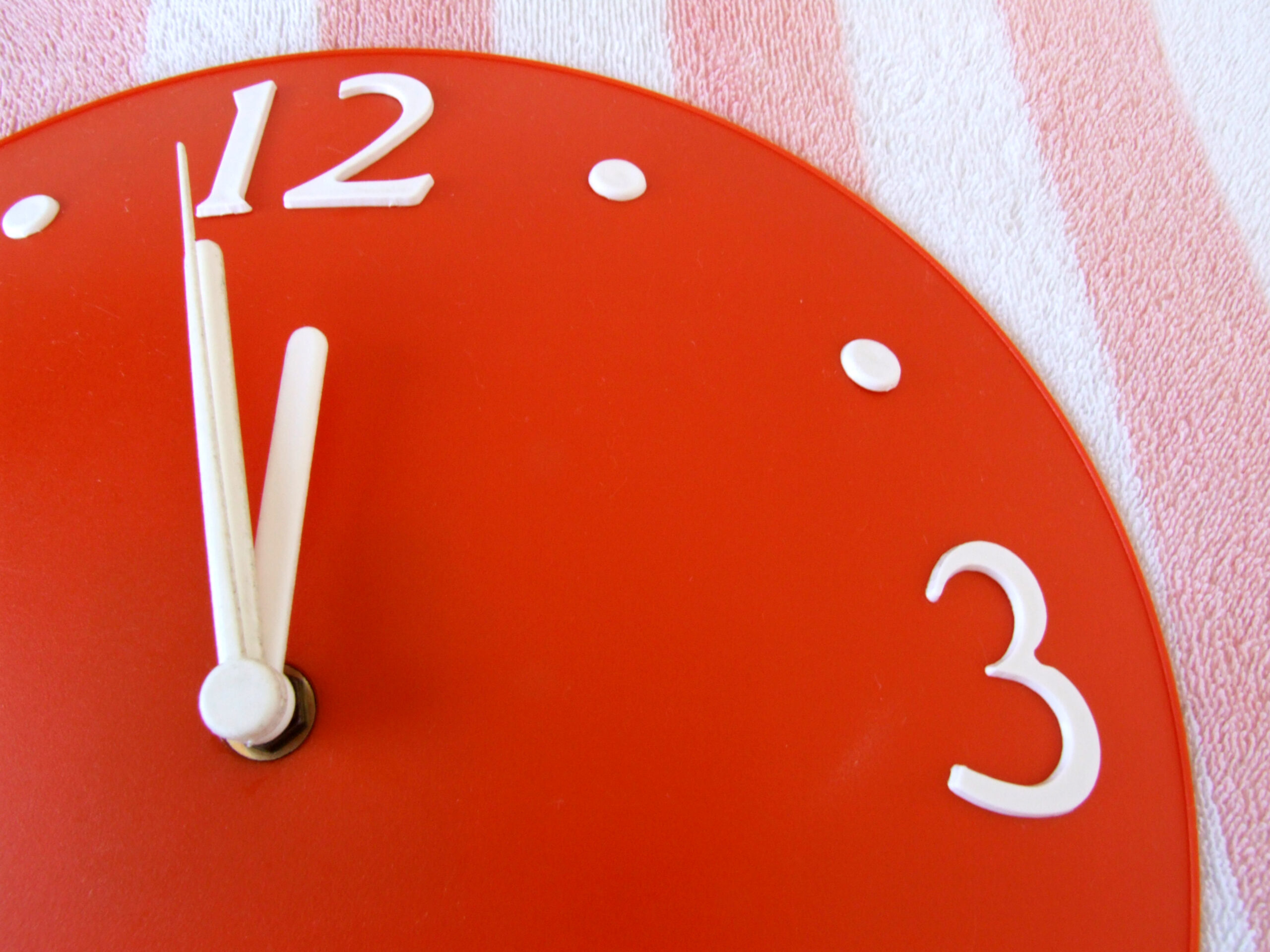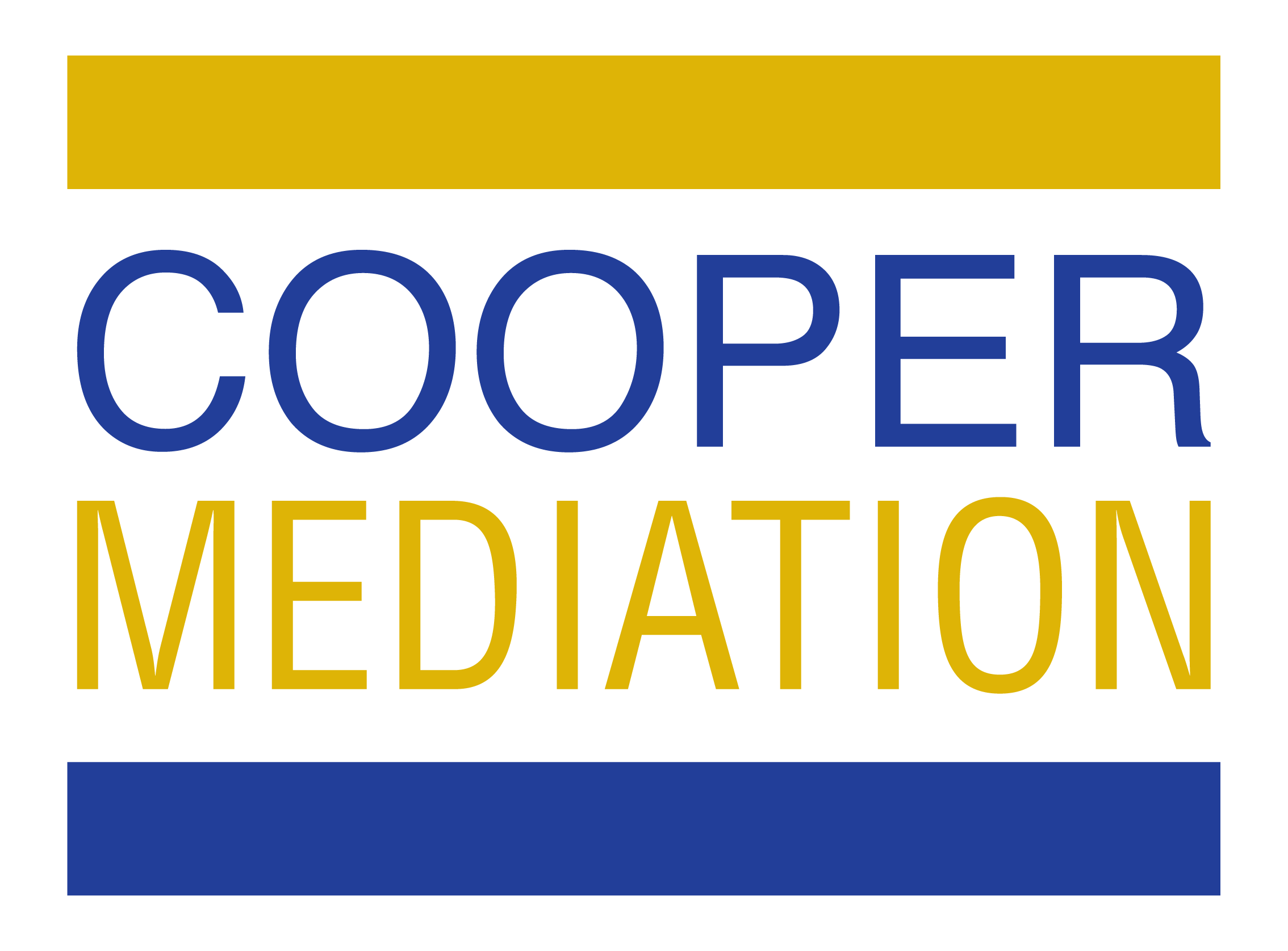
01 Sep Skip The “Pre-Game” Show: Getting Down To Business At Mediation
If you’re a sports fan like me, perhaps you’ve occasionally caught the pre-game show. It can be informative and entertaining, but it really has no bearing on what happens when the game begins.
Now imagine a half day mediation. The first two hours of a mediation are frequently used to highlight the exposure or risk to the opposition should the scales tip in their client’s favour. By the time opening statements are completed and first offers are presented, we are usually 90 to 120 minutes into our half-day mediation and few concessions are made.
I find the real game starts in the last hour. It’s at this point where compromise and concessions are made towards resolving the lawsuit on compromised or mutually agreeable terms to avoid the risks (money/time/effort) of going to trial makes sense.
In this blog post, I explain why it would likely be more productive for all parties to dispense with the pre-game show (or significantly limit its duration) in exchange for securing more time to make the plays that will really count during “crunch time”.
Let Your Mediation Briefs Do The Talking
Parties will often enter a mediation thinking about their trial positions. They may outline their trial positions in order to justify why their first offer is close to what they might get on their best day in court. It’s important to remember that we are not in court. We’re mediating the matter one to three years prior to judgment or verdict to determine if a mutually acceptable compromise position is available to resolve the matter before trial.
Fortunately, the mediation process is dynamic enough that it can accommodate both the explanation of trial positions and negotiations that could prevent these positions from ever being tested in court. It is an art form to know how to communicate both your confidence and willingness to compromise sensibly.
Trial positions can be clearly laid out in mediation briefs. The other/opposing parties will read them and you don’t need to repeat them.
During openings, you might want to highlight your strongest point or portion of the claim or defence but I would suggest you should summarize these positions in order to save time for the new information you will be bringing to the table – namely, the areas where you are willing to compromise or concede in the interest of resolving the matter prior to trial.
You can explain why you are confident in arguing this case should you go to trial. By acknowledging or conceding a weakness, you can demonstrate a desire to make an honest effort to resolve the claim now as opposed to accepting the risk that things may not go the way you hope for in court.
An Offer to Compromise Should Look Like An Offer to Compromise
Not everyone comes to a mediation intent on resolving the claim, particularly if mediation is mandatory. However, if you are at mediation in the hopes of resolving the claim, why would your first offer resemble your absolute best possible outcome at trial?
The old saying “shoot for the moon and, even if you miss, you’ll land among the stars” is not likely to work at mediation. Instead, aim for a realistic target and allow the opposition the opportunity to “reward” good behaviour and respond with an equally realistic offer.
Alternatively, if your honest attempt at compromise receives a ridiculously disproportionate response, change your game plan. You might then say: “Fool me once, shame on you; fool me twice, shame on me,” and either cease movement with your offers or send a message that you are prepared to walk away from negotiations if the opposing party is not being serious or realistic about compromise.
Someone Has to Make the First Move
If both sides are throwing perfect punches, while standing in their own corner of the ring, the participants are far enough apart that no punches will land. One side or both sides will need to make a move towards the other. Otherwise, you’re swinging at air.
Of course, it can be unnerving to make this first move, or feel as though you are forced into playing by the other team’s rules. I suggest if your goal is to achieve resolution, why not make a decision to get to the “settlement strike zone” sooner rather than later and see if the other party will agree to meet you there?
Even if the temptation to make a high/low first offer is too much to resist (and, unsurprisingly, the other party’s offer is similarly unreasonable), a big move in the second round can clearly signal what range you believe would be fair and reasonable.
There is no script to mediation and each case is different. However, having mediated many cases over the years, I can tell you that I have seen the types of plays that generally work and the types of plays that don’t. It is highly doubtful that your opponent will wave the white flag if you haven’t left your corner of the ring.
Conclusion
Spending two-thirds of your mediation discussing trial positions and one-third discussing compromise and potential for resolution seems like the wrong proportion of time allocation if your objective at mediation is to find a common ground. I have experienced running out of time, when momentum was building, because too much time was spent at the outset discussing best/worst-case-scenarios. I started offering four-hour half-day mediations rather than the traditional three-hour time slots for this very reason.
Mediation is without prejudice. Why not use this freedom to say and do what you need to do to resolve the claim? If a resolution doesn’t materialize, nothing said at mediation can be used against you at trial. But if your expressed desire to work with the opposing party to find agreement helps you leave the table with a result you can live with, it would likely be worth it. You may not have “won” the game, but a well-negotiated “draw” or “win-win” will ensure there’s no risk you’ll walk away with a “loss.”
ABOUT THE AUTHOR
Jonathan T. Cooper is the taller, younger and non-bow-tied mediator with Cooper Mediation Inc. He mediates primarily, but not exclusively, in the area of personal injury and insurance. Jon belongs to the International Academy of Mediators. The IAM is an invitation-only organization consisting of the most successful commercial mediators in the world who must adhere to the highest practice and ethical qualifications.
is the taller, younger and non-bow-tied mediator with Cooper Mediation Inc. He mediates primarily, but not exclusively, in the area of personal injury and insurance. Jon belongs to the International Academy of Mediators. The IAM is an invitation-only organization consisting of the most successful commercial mediators in the world who must adhere to the highest practice and ethical qualifications.
Jon can be reached at jon@coopermediation.ca or at (647) 993-2667.
To schedule a mediation with Jon, visit: http://coopermediation.ca/jonathans-online-calendar/.
